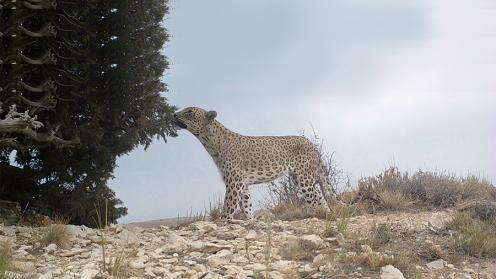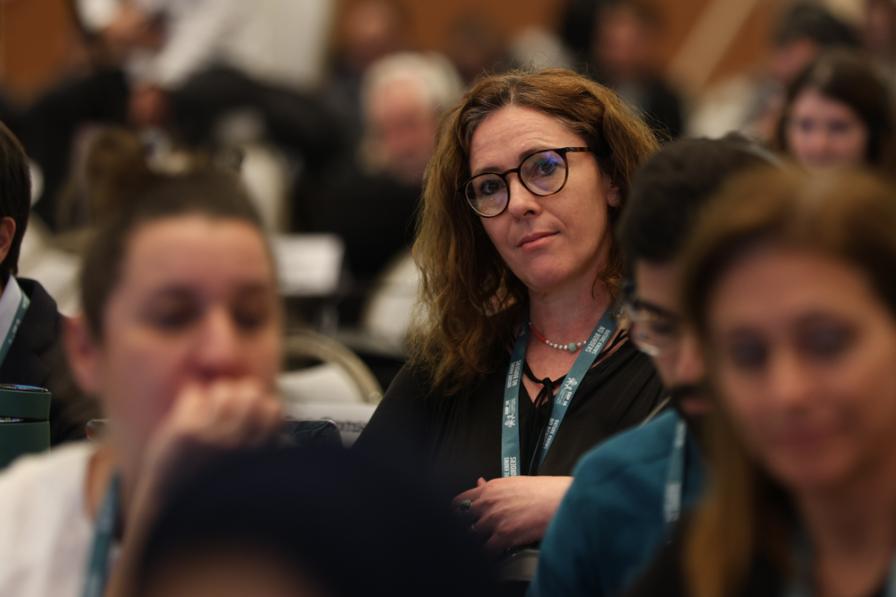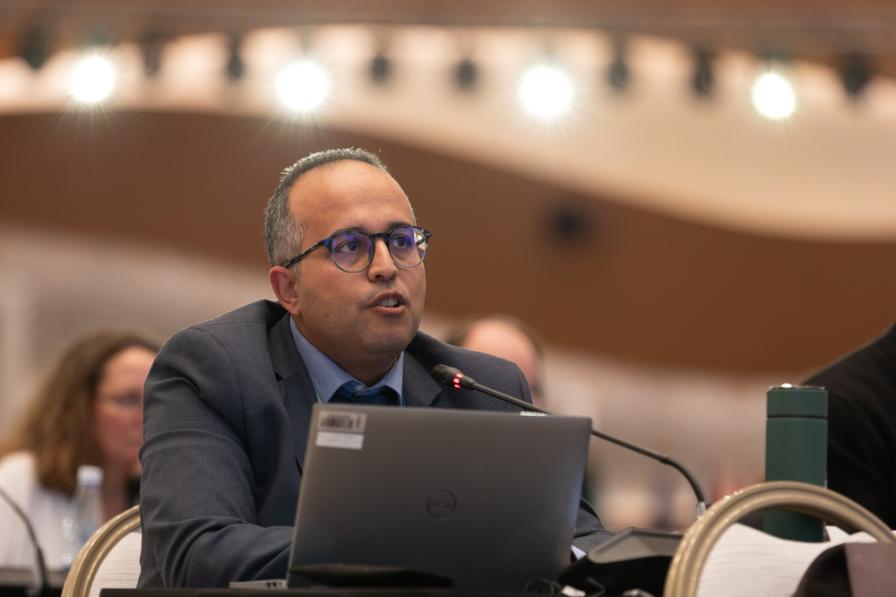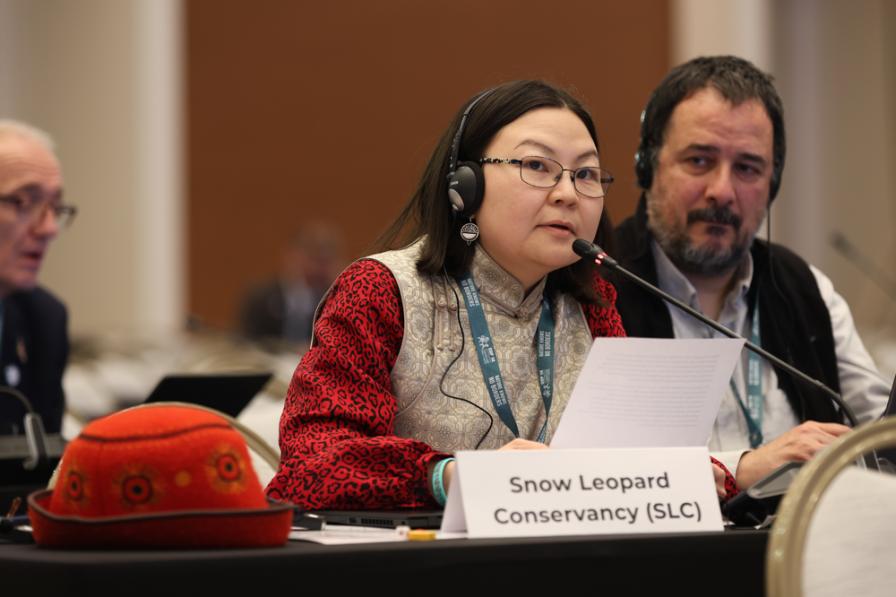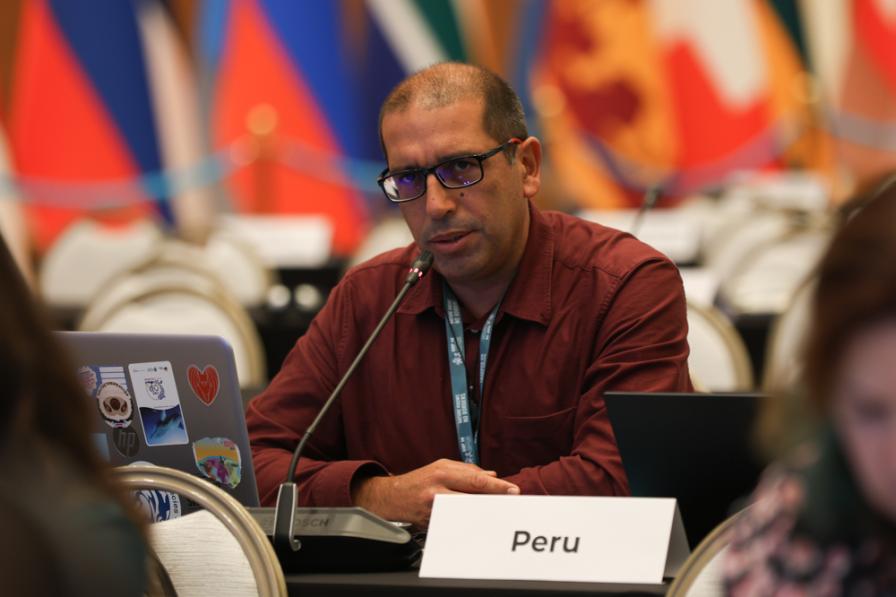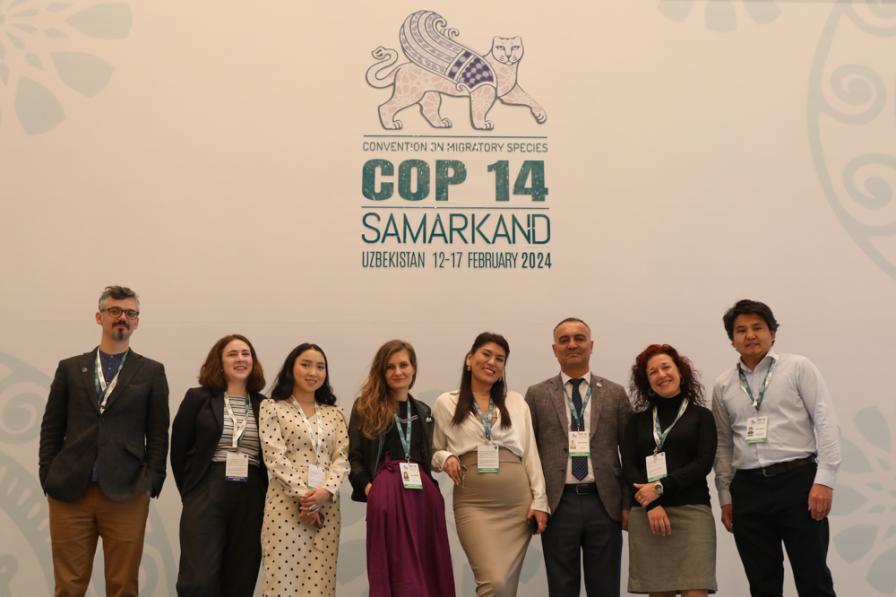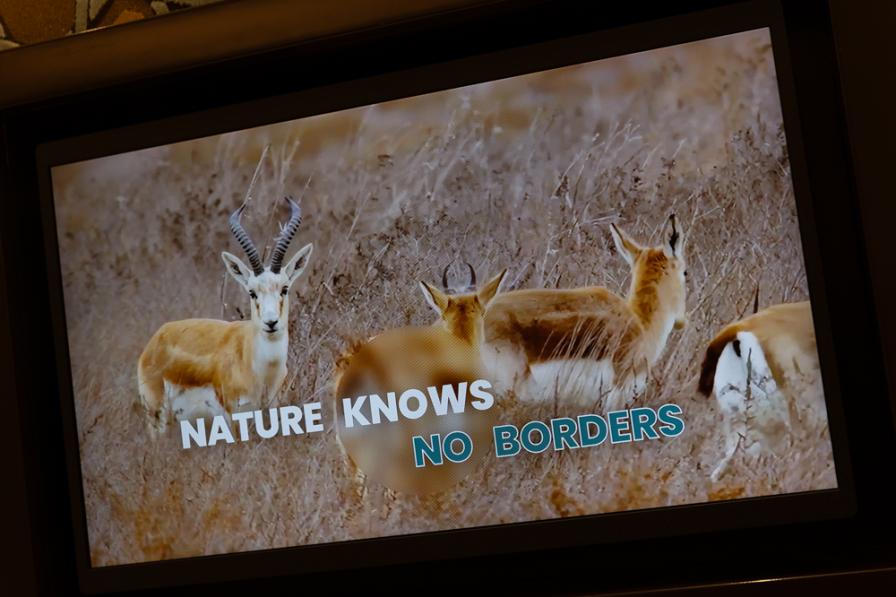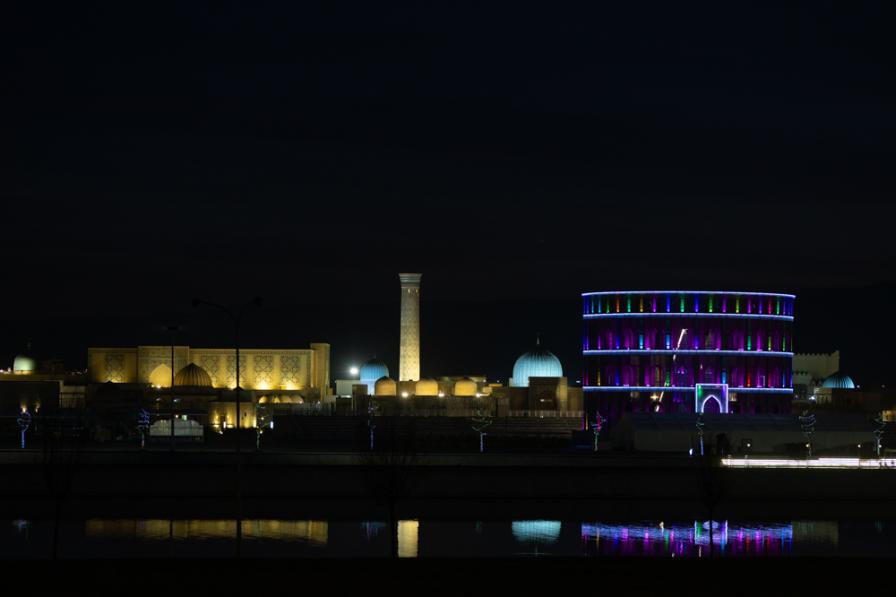Birds were up first in Samarkand on Thursday morning. The Committee of the Whole (CoW) flew through the consideration of action plans for species, including the Great Bustard (Otis tarda); the Christmas Island Frigatebird (Fregata andrewsi); and African-Eurasian Vultures, among others. In a signing ceremony, the Convention on Migratory Species (CMS) and Argentina renewed the Memorandum of Understanding (MOU) on the conservation of High Andean Flamingos (Phoenicoparrus andinus and P. jamesi) and their habitats.
Want to dig deeper into today's talks? Read the full Earth Negotiations Bulletin daily report.
On terrestrial migratory animals, the CoW focused on partnerships at international, regional, and convention levels, notably for African carnivores, Jaguars (Panthera onca), and West African Elephants (Loxodonta africana and L. cyclotis). Discussions highlighted participants’ long-standing history of, and continued dedication to, protecting migratory species. This was highlighted time and time again, including when parties decided to recommend building on a regional Concerted Action (CA) by establishing an initiative that will encompass adjacent key habitats and include an additional species, the African Wild Ass (Equus africanus). Some delegates expressed their support for more transfrontier initiatives and partnerships, with one speaker noting that benefits can spill over to include increased resilience to zoonoses in transboundary protected areas.
Humans were also on the agenda. The CoW discussed the impacts and potential benefits from human activities such as pastoralism and effective rangeland management. While addressing a proposed resolution on community participation and livelihoods, debate flared concerning the need to better involve Indigenous Peoples and local communities (IPLCs) in the Convention’s work. Many speakers underlined IPLCs’ invaluable role in conserving migratory species and the urgency of “bringing everyone onboard,” while one delegate noted that not all Indigenous practices are beneficial to migratory species’ conservation status.
In the afternoon, the CoW tackled the mountain of in-session documents produced based on working group and plenary discussions. The CoW made swift progress, recommending over a dozen documents to the Conference of the Parties (COP) for adoption at its plenary session on Saturday.
The stars of the show then took center stage: the CoW considered 14 proposed amendments to the Convention’s Appendices. The Eurasian Lynx (Lynx lynx) and the Manul, or Pallas’s Cat (Felis manul), emblematic species of the Central Asian region, were recommended for listing. Expert delegates, some arriving from the field, strongly emphasized the importance of formalized regional and transboundary conservation efforts in tackling the multiple threats impacting these wide-ranging animals.
Proposals were also made for:
- the Sand Tiger Shark (Carcharias taurus);
- the Guanaco (Lama guanicoe);
- the Magellanic Plover (Pluvianellus socialis); and
- the Laulao Catfish, or Piramuta (Brachyplatystoma vaillantii), among others.
Every proposed amendment was recommended for adoption by the COP. Yet while recommendation was applauded, one veteran mused that “a clearer sign of conservation success would be removing species from the Appendices.” Several listings have associated CAs that will come into effect after adoption, and many of the proponent countries emphasized their commitment to rapidly and effectively redressing the conservation status of these species.
Outside the plenary walls, another wall slowly revealed its secret to participants. Uzbek artist Inkuzart, also known as “Banksy from Chilanzar,” had been entering COP14 spaces incognito and slowly creating a mural of the Snow Leopard (Panthera uncia): a visual reminder of the stakes at hand.
To receive free coverage of global environmental events delivered to your inbox, subscribe to the ENB Update newsletter.
All ENB photos are free to use with attribution. For CMS COP14 please use: Photo by IISD/ENB - Kiara Worth
